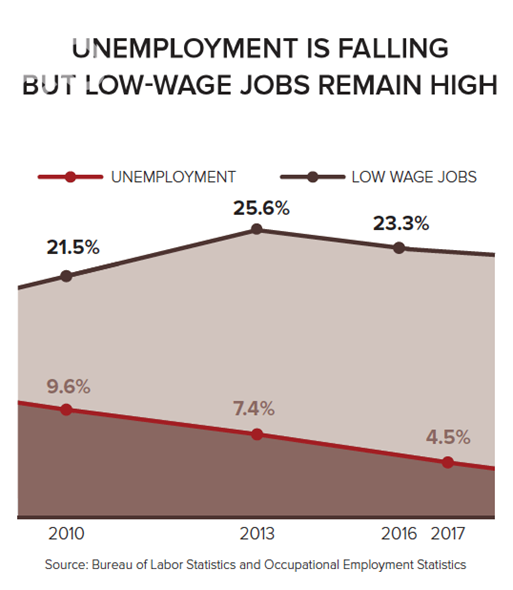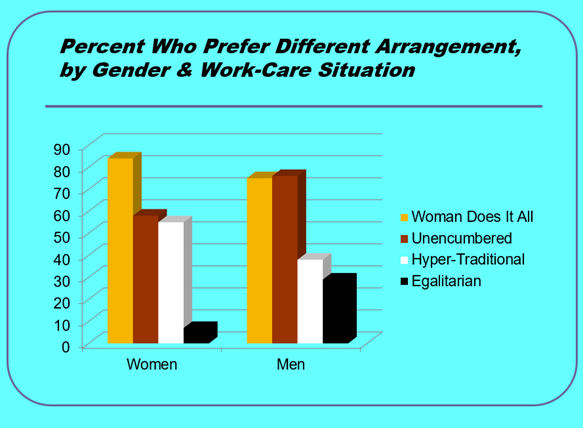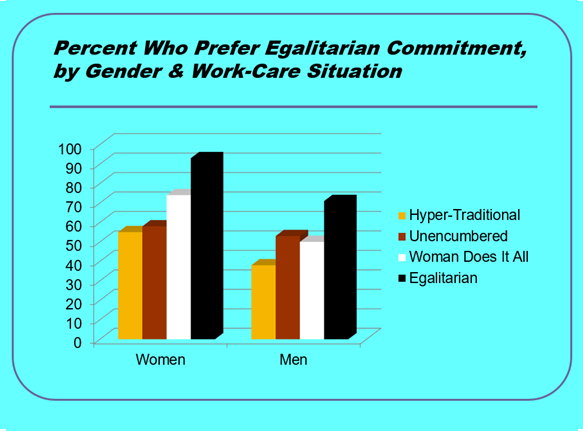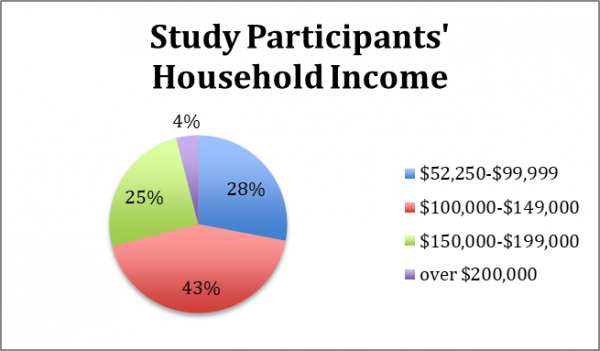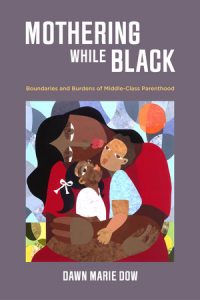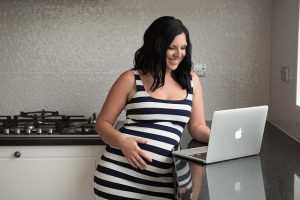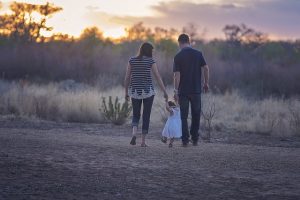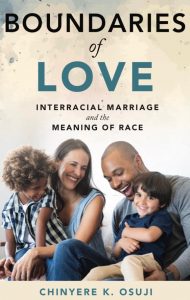
Policymakers, academics, and the general public are increasingly interested in parental leave policies. The increased interest in parental leave is particularly notable in the United States – the only high-income country without a national statutory paid parental leave policy – indicating some potential for progress. Indeed, many 2020 U.S. presidential campaigns have discussed potential paid leave policies, several states have adopted state-level paid family leave policies, and large companies are adopting and increasingly publicizing their paid parental leave policies.
The increased attention to paid parental leave policies stems from their perceived benefits. Most notably, scholars and policymakers believe parental leave is a key policy that can help to promote greater gender equality, particularly when these policies make fathers eligible to take leave and encourage fathers to take leave. Paid leave for fathers provides men with time to participate in childcare and housework tasks that are traditionally performed by mothers, helps parents learn how to share tasks more equally, and establishes expectations for shared parenting. Getting fathers more involved in domestic labor helps to reduce the burdens typically placed on mothers – and closing the gap in domestic labor between men and women is key to achieving greater gender equality both at home and in the public sphere.
Current evidence suggests that fathers who take leave (especially those who take longer periods of leave) are more involved in childcare and housework than fathers who do not take leave (Almqvist and Duvander 2014; Bünning 2015; Petts and Knoester 2018; Tamm 2019). Couples that share childcare and housework more equally report greater satisfaction in their relationships than couples in less egalitarian relationships, as sharing in domestic labor promotes feelings of equity between parents and reduces the burdens placed on any one parent (Carlson et al. 2016). Indeed, there is also evidence that parents – mothers in particular – report being more satisfied in their relationships when fathers take leave after the birth of a child (Kotsadam and Finseraas 2011; Petts & Knoester 2019a; 2019b).
In a new study published this month, we extend previous work on the benefits of fathers’ leave-taking by looking at whether fathers’ leave-taking (and how much time fathers take) is associated with relationship stability in the United States. Because taking leave may foster more involvement in domestic labor by U.S. fathers and reduce burdens placed on U.S. mothers, parents – especially mothers – may feel more supported and satisfied in these relationships and thus better able to manage the stresses involved with raising a child. Reduced strain and higher relationship quality portends a lower likelihood of relationship dissolution.
We find evidence that fathers’ leave-taking is associated with more stable parental relationships. Specifically, couples were 25% less likely to end their relationship in the first six years following the birth of a child when fathers took leave compared to couples where fathers did not take leave. Thus, results suggest that increasing access to parental leave for fathers – and encouraging fathers to take this leave – may help to increase family stability.
If fathers’ leave-taking reduces the risk of relationship dissolution, does this mean that longer leaves are even more likely to promote relationship stability? Not exactly. We find that taking two weeks of leave or less is most likely to reduce the risk of relationship dissolution; couples were 29% less likely to end their relationship when fathers took 1 week of leave, and 25% less likely to end their relationship when fathers took 2 weeks of leave (compared to couples where fathers did not take leave). Taking longer periods of leave (3 weeks or more) was unrelated to relationship stability (although this may be due to small sample sizes, as the number of U.S. fathers who take longer leaves is quite low).
This may seem counterintuitive. If taking leave provides fathers with time to learn to be an engaged parent, and parents’ time to establish equitable coparenting relationships, it seems logical that more time on leave would be better for parents and help to strengthen parental relationships. However, it is important to consider the cultural norms surrounding parental leave and the implications of taking more time off than is expected, or accepted, within a society. In the U.S., most fathers take a short period of time off work when a child is born and it is widely accepted that fathers should be present for the birth of their child. It is uncommon for fathers to take longer than a couple of weeks off work when a child is born, and there are actually career penalties and stigmas associated with taking longer periods of leave (Rudman and Mescher 2013; Wayne and Cordeiro 2003; Williams et al. 2013). Thus, relatively short leaves may be most likely to promote relationship stability by providing some time at home for fathers while minimizing any negative career consequences. These findings are consistent with European studies which show that fathers’ leave-taking is most likely to promote parents’ relationship stability when fathers follow the cultural norms of leave-taking within a particular country (Lappegård et al. 2019; Viklund 2018).
Overall, our study suggests that fathers’ leave-taking may help to promote more stable parental relationships in the U.S., identifying an additional benefit of fathers’ leave-taking for families. Given the numerous benefits of parental leave, the increased attention on expanding parental leave policies in the U.S. is warranted. American parents need greater access to paid parental leave in order to take advantage of the benefits that parental leave provides (such as more stable parental relationships). But, our findings regarding variations in relationship stability by length of leave suggest that norms regarding parental leave-taking also need to change. For the full benefits of parental leave policies to be realized, U.S. culture needs to be more accepting of fathers taking leave. By doing so, we may be able to work towards greater gender equality by encouraging – and providing opportunities for – mothers and fathers to share more equally in childcare.
Richard Petts is Professor of Sociology at Ball State University. Follow him on Twitter @pettsric and reach him at rjpetts@bsu.edu. Daniel L. Carlson is Assistant Professor of Family and Consumer Studies at the University of Utah. Follow him on Twitter @DanielCarlson_1 and reach him at daniel.carlson@fcs.utah.edu

